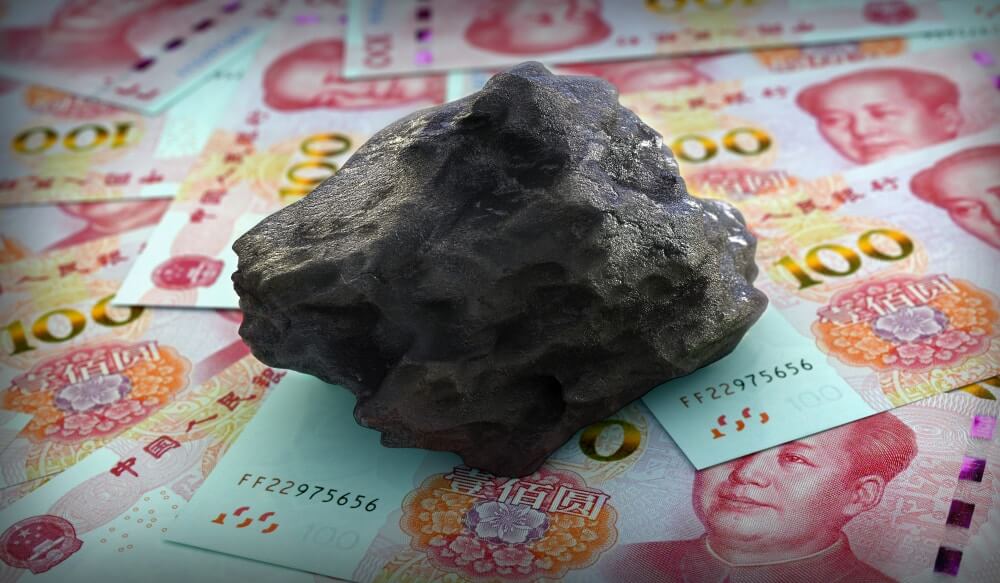
China’s coal imports
China imported nearly twice as much coal in October as it did a year earlier, despite signals that its power shortfall is alleviating.
According to Wind Information data, monthly coal purchases hit 26.9 million tons in October. The purchases jumped 96.2 percent over the previous year.
However, this was an 18.2 percent decrease from the previous month’s total of 32.9 million tons. Chinese officials have scrambled to remedy a coal shortage in the country. The number of Chinese provinces severe power shortages had dropped to two by mid-October, down from 18 at the start of the month.
State Grid of China reported that energy supply and demand in its service areas had returned to normal but warned of challenges in the coming winter months. On a country-by-country basis, the United States remained China’s most significant trading partner. Imports from the United States fell drastically to approximately 4.6 percent year on year in October. Meanwhile, exports to the United States increased at a rapid pace of roughly 22.7 percent.
Imports from Australia fell to 24.3 percent year-on-year growth, down from 50.7 percent. Exports increased by 22.3 percent, down from 23.8 percent in September.
China’s overall imports
According to Reuters, China’s overall imports increased by 20.6 percent in October, falling short of estimates for a 25 percent increase. China’s exports increased by 27.1 percent, exceeding Reuters’ prediction of 24.5 percent.
Exports are especially crucial to monitor because they have been China’s single largest growth engine for the previous year and a half.
Lu calculates that China’s exports increased by only 7% year on year in October, excluding a rise in producer prices.
Oil up
Oil was higher in Asia on Monday morning, with supply at the forefront of investors’ minds after Saudi Arabian state-owned oil giant Saudi Aramco hiked the official selling price for its crude.
Brent oil futures were up 1.04 percent to $83.60. WTI futures were up 1.21 percent to $82.25.
In December, Aramco increased its official selling price for Arab Light crude to Asia to $2.70 per barrel. The administration of US President Joe Biden will study crude oil supply data from the American Petroleum Institute and the Energy Information Administration.
The recent surge in oil prices to seven-year highs concerned Biden, who urged OPEC+ to increase supplies. OPEC+ is unlikely to change its stance. Moreover, Aramco’s move suggests that Saudi Arabia will continue to defy US demands to pump faster.
China’s oil imports plummeted to their lowest level in three years in October in the Asia Pacific. Due to rising pricing, state-owned refiners were unable to purchase. Independent refiners faced limited crude import limitations.

